Following on from pv magazine Australia’s celebration Sunovate’s first demo project achieving 50% solar panel conversion efficiency, we sit down for a Q&A with Cesira Leigh, Sunovate’s Co-Founder & Managing Director.
pv magazine Australia: Sunovate’s thermovoltaic module tackles one of the major hindrances to solar panel efficiency, when the panels heat up, as they do, they become less efficient. How does Sunovate’s technology solve this problem whilst simultaneously increasing efficiency?
So, you are spot on, temperature isn’t good for PV cell performance. We use air blown into the Sunovate module to cool the PV cells. Cooler cells result in greater electrical production. The unique feature of our system is that we cool the panel cells evenly which is an important feature to maximise the power regain. We can also dial the system to best match the customers’/market requirements i.e. maximise system yield or maximise thermal output temperature.
So, the residual heat emitted by solar panels (for every 10℃ they heat up their electrical output goes down by 5%) is captured by Sunovate’s technology and repurposed? How does the technology work?
It’s pretty simple, the heated air produced at the back of the panels is collected via a heat exchanger and the energy is either used or stored. Much of the core innovation is how we manage the air flow being delivered to the cell, how it is then applied to the rear face of the cell and ultimately recovered from the cell after the heat transfer has occurred.
We can use the hot air to heat spaces, water, pools and industrial processes. The system can typically deliver heat at about 25-30 degrees above ambient, meaning it can be applied to heat requirements of potentially up to 100 degrees Celsius. The system is highly scalable and has a range of applications; industrial, commercial, residential and district scale. We are even looking at how it can be applied in remote communities and for emergency applications where electricity and heat is needed.
The technology has a litany of other uses then, how else can Sunovate aid in the energy efficiency of a solar PV system?
The Sunovate system can directly impact the life time efficiency of solar panels by keeping them cooler. In high altitude and latitude installations, the system is capable of melting snow resulting in continuous energy production. We estimate this could be as high as 10% extra yield in some cases. So that’s an added bonus for PV in terms of what our technology can do.
Our system can increase building energy efficiency. For example, in summer our system adds a further thermal shielding element to the building surface (roofs) which in turn reduces cooling loads.
We are also pretty excited about the possibilities for our technology in terms of radiative night time cooling.
So, we have R&D happening in a lot of areas.
Sunovate has claimed that it can boost the output of PV panels by 300%, is that really possible?
Yes it is. Our 300% claim is based on total power output, electrical and thermal combined. The actual increase varies based on the system settings and can be much greater than 300%.
To explain further, at the moment you get 100% solar energy coming into the cell which will notionally produce 15% electricity (mid-range panel after thermal duration). We boost the electrical performance by cooling the panel (~0 to 3% which we tend to exclude), getting at least another 30% in term of thermal energy— that’s 45% combined efficiency as a minimum, and we have measured well over 50% in our field trials and first commercial trial.
Can Sunovate’s technology easily integrate or even retrofit with existing solar PV systems?
We designed Sunovate to leverage off the existing and hugely successful PV market. It was intentional. My Co-founder, Glen Ryan, was the brains behind the Bombora Wavepower invention. One of the key lessons for us from Bombora was that utilising existing off the shelf infrastructure helped to keep development costs down and of course that’s really crucial when bringing a new product to market. So with Sunovate we really wanted to make sure our design could easily integrate with existing PV.
The crucible for Sunovate was ClimateLaunchpad, the world’s leading cleantech and green business ideas competition, how did the ClimateLaunchpad experience help sharpen Sunovate’s idea?
Climate KIC Launchpad is a wonderful platform for very early stage green business ideas. Although we had commercialisation experience through Bombora Wavepower, Launchpad provided us with an early opportunity to refine our idea, gauge customer feedback and really refine our market plan.
Sunovate won the Australian ClimateLaunchpad finals in 2018, how did this boost Sunovate’s entry into the market?
The early publicity from Launchpad was hugely beneficial. We received emails and calls nationally and globally as a result of the win. We also had the opportunity to pitch at the global finals in Edinburgh. We have also had success with a series of other awards. Sunovate was named a finalist in the WA Energy Innovation of the Year in 2018 and Finalist in the Australian Technology Competition for New Energy. We were also listed in the top 100 Energy Transition Start ups in the world for 2019 by DENA & the World Energy Council.
The awards are nice recognition for a great technology and it all helps to get Sunovate on the map. Our main focus though is on getting commercial trials in place and focusing on our customers. We really want to contribute to the decarbonisation of energy so getting Sunovate mainstreamed (much like PV) is our goal.
Participating in projects like the International Energy Agency’s taskforce on photovoltaic-thermal (PVT) technology must have put Sunovate in a room with some of the world’s leading PV innovators, what are some of the other innovations in solar PV that most excite you?
The IEA PVT Task60 is a really useful avenue for guiding policy development and addressing barriers to market for PVT technology. It’s also a great platform to make industry aware of our Sunovate technology and how we are different. It provides us with the opportunity to work with other PVT developers and share knowledge. It also provides access to some of the world’s leading academic minds and awareness of leading research projects being undertaken. Being involved allows us to inform and represent Australian interests in this taskforce. We are very excited about improvements in solar cell technology that can only serve to amplify the value that the Sunovate system provides. We are also watching the work being performed on integrated heat pump and PVT solutions with keen interest.
What’s next for Sunovate?
What’s next for us is industry trials with our pre-series panels. We have completed our first installation on a residential premise and the results are really promising. But where we can make our greatest impact in terms of driving down emissions is in the industrial and commercial sectors, and that’s what we want to do. We are aiming to achieve scale with commercial clients in the first instance, which will help to bring down unit costs and payback periods for the product. We have produced a small run of 50 units and we are in discussions with universities, a brewery, a multi-facility Australian company and mining companies, to roll out to different sites and further validate system performance. We see massive potential in manufacturers such as dairies and breweries which use heat sterilisation processes; fodder companies that use heat to sterilise pellets; agricultural enterprises that need to dry their produce, and other heat-utilising enterprises. So it is a pretty exciting time for us.
This content is protected by copyright and may not be reused. If you want to cooperate with us and would like to reuse some of our content, please contact: editors@pv-magazine.com.
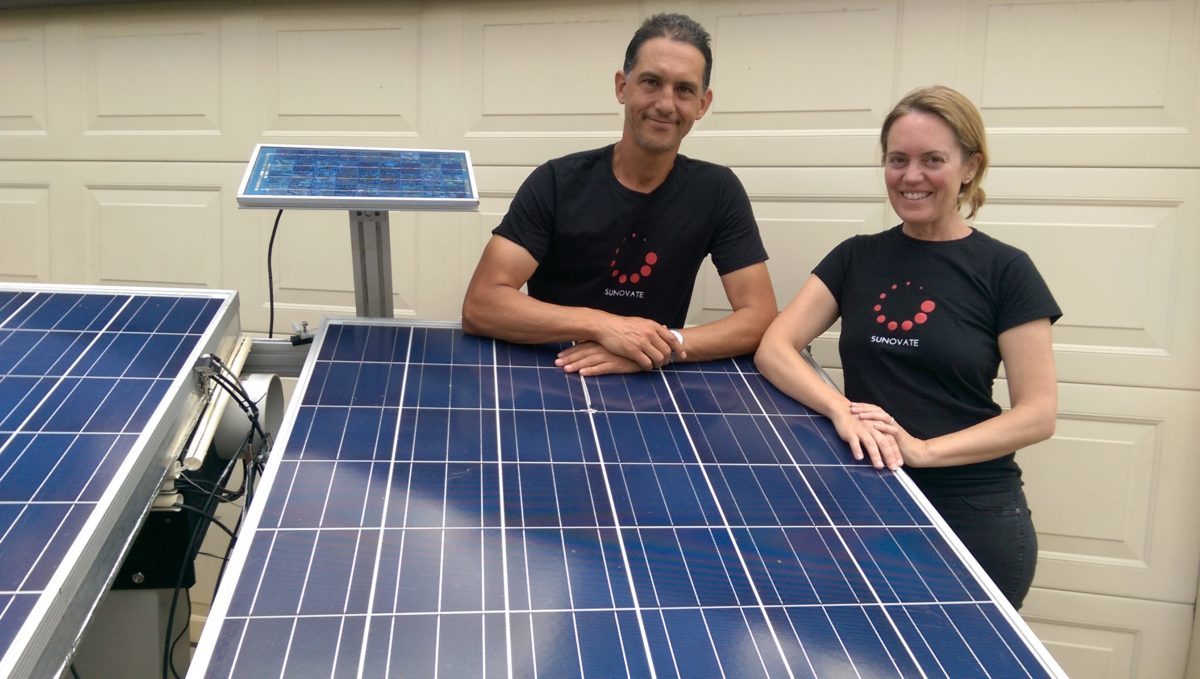



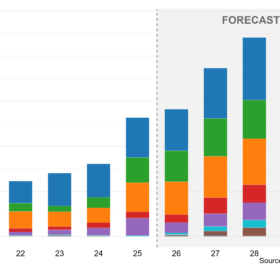
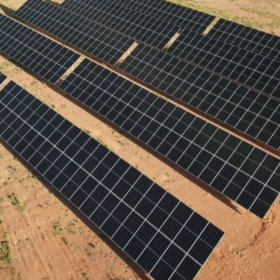

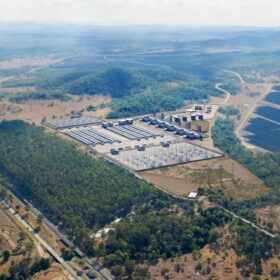
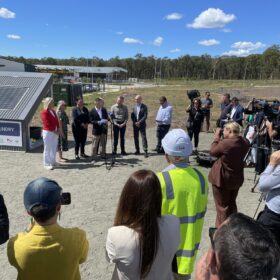
It is a great article!
Amazing the process of utilizing the hot air to heat spaces and contribute to the decarbonisation of energy.
Congratulations! Sunovate has been focused on minimising negative impacts on the environment. Below a link sharing knowledge about how to be a sustainable company:
http://www.jlb.com.au/business/management-system/base.aspx?file=energy-management-system
Yes keeping panels cooler helps but basic math is 15% plus what is useable for a practical purposes….. first you have look at the specific heat of air vs transferring the same heat with water parasitic load, then you need to understand the effectiveness of moving that heat with blowers and last converting it to stored or heat otherwise used (blowing hot air into the house) hot air only defined as a 30 degree rise over ambient on a cold day…… needs work?
Sunovate has claimed that it can boost the output of PV panels by 300%, is that really possible?
Yes it is. Our 300% claim is based on total power output, electrical and thermal combined. The actual increase varies based on the system settings and can be much greater than 300%.
To explain further, at the moment you get 100% solar energy coming into the cell which will notionally produce 15% electricity (mid-range panel after thermal duration). We boost the electrical performance by cooling the panel (~0 to 3% which we tend to exclude), getting at least another 30% in term of thermal energy— that’s 45% combined efficiency as a minimum, and we have measured well over 50% in our field trials and first commercial trial.